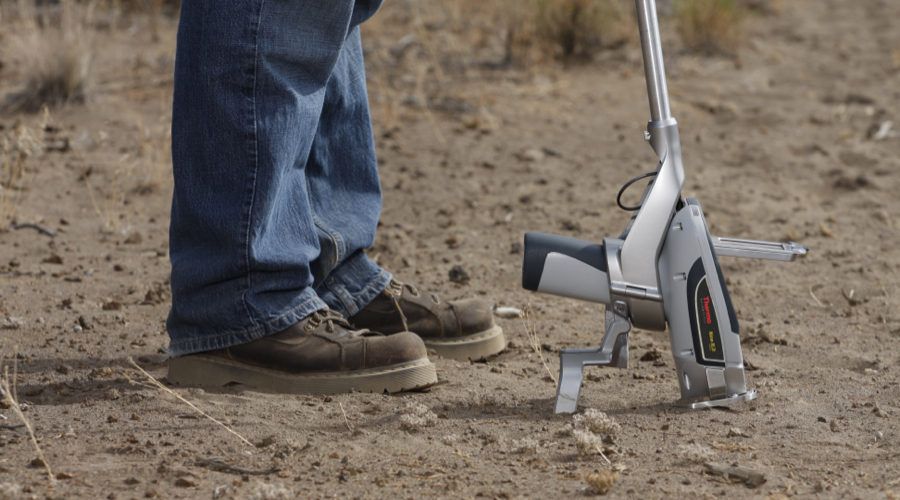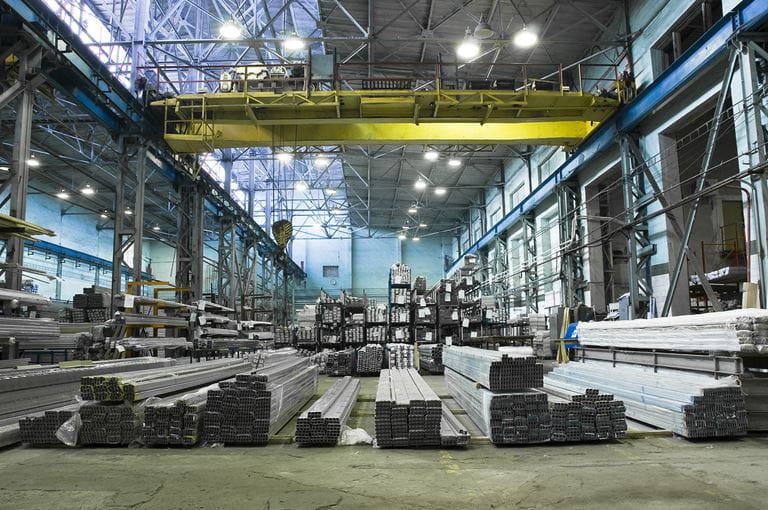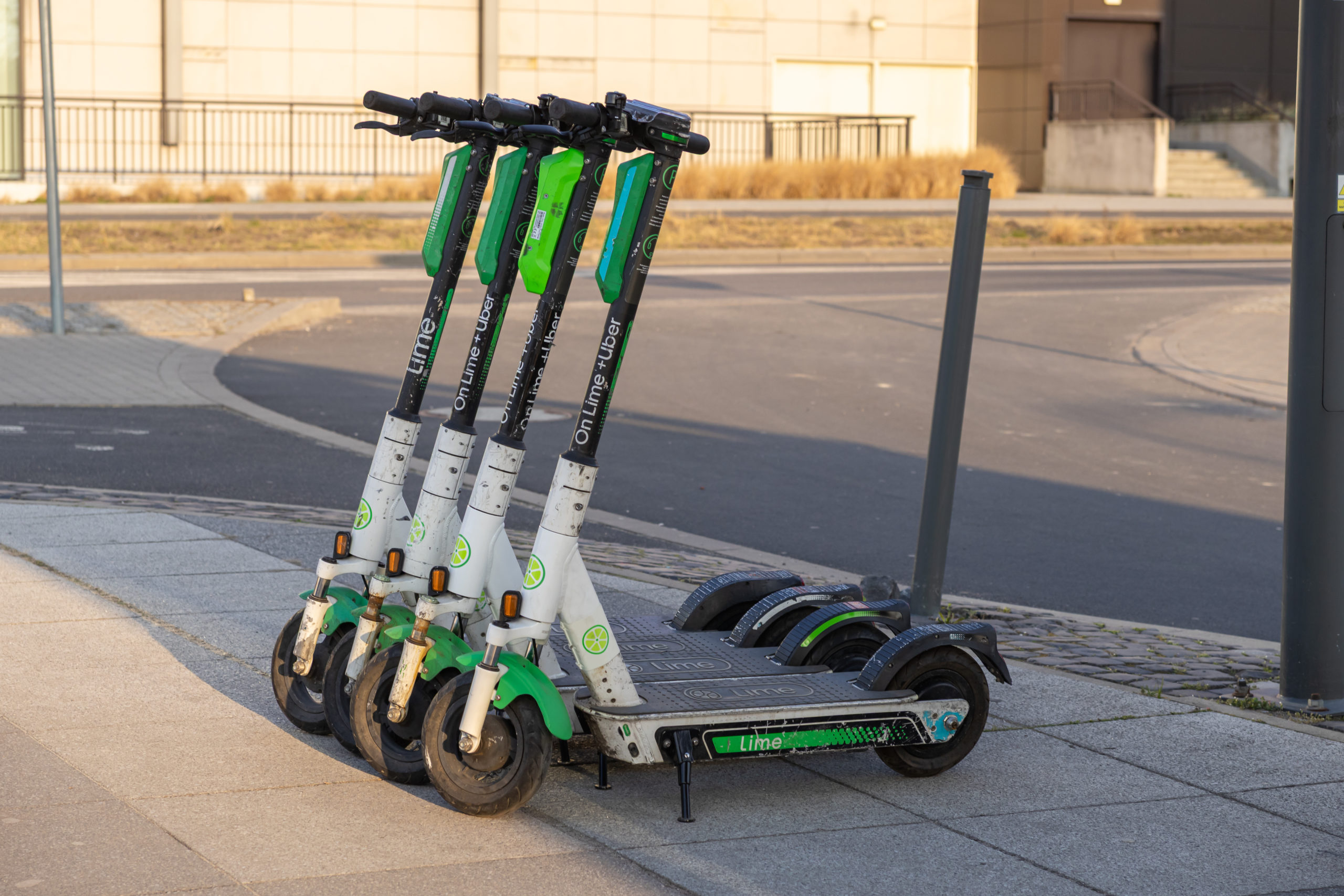Exploration spending in Australia finally on its way up

Hopes for a long-awaited return of spending in mining exploration in Australia are rising fast as official figures show the country registered a modest, but clear increase in the last half of 2016.
Expenditure on mineral exploration was 3.4% up to $369.5 million in the December quarter — that’s $12 million more than on the September quarter, according to data released by the Australian Bureau of Statistics (ABS).
 Such figures seem to indicate that the downward trend of the past five years has been finally reversed, with the gold sector clearly leading the way, analysts at Resource Monitor said in note Friday.
Such figures seem to indicate that the downward trend of the past five years has been finally reversed, with the gold sector clearly leading the way, analysts at Resource Monitor said in note Friday.
“The buoyancy of gold exploration reflects relatively steady prices and the success of gold-mining companies in reducing costs over the past few years,” they wrote, adding that, unless gold prices drop significantly in the short-term, exploration expenditure is likely to continue to grow strongly.
 While base metals made a very a small contribution to the overall spending increase, the researchers say investment in copper, zinc and nickel may pick up as the two largest mining companies — BHP Billiton and Rio Tinto — are both focusing their attention on copper, while keeping an eye on zinc, whose price has soared about 80% since early 2016.
While base metals made a very a small contribution to the overall spending increase, the researchers say investment in copper, zinc and nickel may pick up as the two largest mining companies — BHP Billiton and Rio Tinto — are both focusing their attention on copper, while keeping an eye on zinc, whose price has soared about 80% since early 2016.
The situation, still a far cry from the start of the decade when mineral exploration driven by the iron ore boom climbed above $1 billion a quarter, is still positive, Association of Mining and Exploration Companies (AMEC) chief executive Simon Bennison said last month.
He added that the key data to consider was the 22% increase in greenfields drilling (exploring in untouched areas) as opposed to brownfields exploration, which is done close to existing deposits and mines.
{{ commodity.name }}
{{ post.title }}
{{ post.date }}



Comments